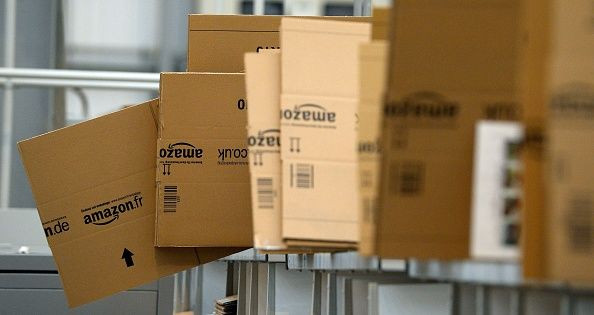Should You Drop Amazon Prime for Walmart's Free Shipping?

Amazon (NASDAQ:AMZN) charges $119 a year (or $12.99 a month) for its Prime service, which offers free two-day delivery on over 100 million items. The service also offers video streaming, a music service, discounts at Whole Foods, and a whole bunch of other perks. Yet for most people, those are at best secondary to the free, unlimited two-day shipping.
Walmart (NYSE:WMT) does not have a direct answer to Prime; the company decided to drop its paid unlimited shipping option in early 2017. Instead of charging, the retailer offers free two-day shipping on a much more narrow selection of items when customers hit a qualifying order of at least $35.
Essentially, Walmart decided correctly that Amazon had too big of a lead to launch a direct rival service. It has decided instead to woo customers with the lack of a membership fee while gambling that offering a much smaller selection will still be enough.
Is Walmart's service good enough for you?
If you're a Prime member thinking about making the switch, you should examine your ordering pattern. Do you place lots of small orders that won't hit the $35 total? Are you doing that because you can, or because you really need the items in the time period you're buying them? If, for example, you could build a $35 order by simply planning a little better, that's a vote for switching.
The second factor to examine is what you buy. Are you buying household staples where you have some flexibility? Would you, for example, buy a slightly different but comparable shampoo or order paper towels in a different quantity? Are you buying anything exotic not likely to be covered by Walmart's program?
Answering this question may require that you do some test orders on Walmart.com to check out its selection. Input some items, see what qualifies, and figure out if you can make substitutions you'll be happy with.
Lastly, you should consider whether you use any of the other perks that come with Prime. If you save 5 percent on a $200 Whole Foods order each week or watch a lot of Prime Video exclusives, then you might want to keep your membership for that reason alone.
Is good enough good enough?
Prime offers an enormous amount of flexibility. You can order a shocking array of items with no minimums and have them at your house in two days. For some people, that's worth $119 a year. In other cases, though, it's a luxury that's not really used and a perk that won't be missed.
Unless you're a diehard Prime fan or know that Walmart won't have what you want to order, it's;at least testing your options. You may find that it doesn't take all that much to reach the $35 threshold, and that Walmart.com generally has what you want, or at least items close enough to it.
Of course, there is a huge value to convenience, and a Prime membership offers that. As a member, you rarely have to make a substitution or worry about whether what you need will be offered. It's also convenient to buy whatever you want whenever you want it without regard to minimums. Still, you may find that you don't really need that level of convenience and that you're paying for a service you can replace with a free rival that's good enough to make saving $119 a year worth it.
This article originally appeared in the Motley Fool.
John Mackey, CEO of Whole Foods Market, an Amazon subsidiary, is a member of The Motley Fool’s board of directors. Daniel B. Kline has no position in any of the stocks mentioned. The Motley Fool owns shares of and recommends Amazon. The Motley Fool has a disclosure policy.





















